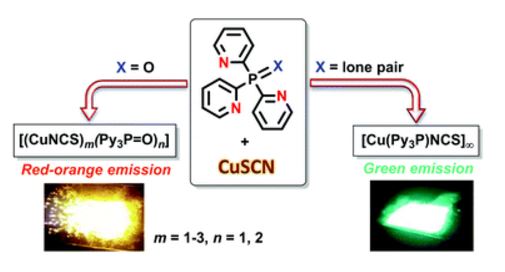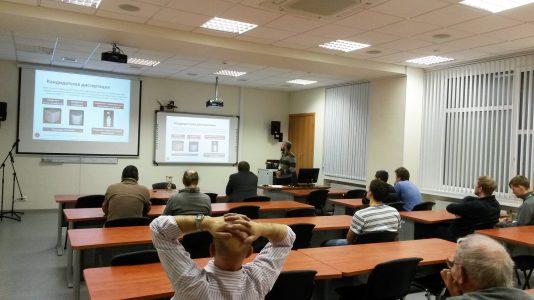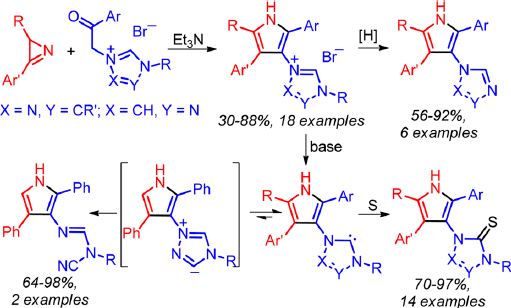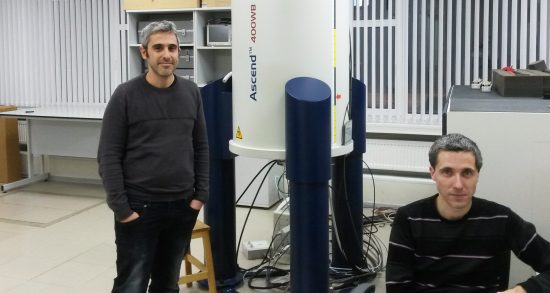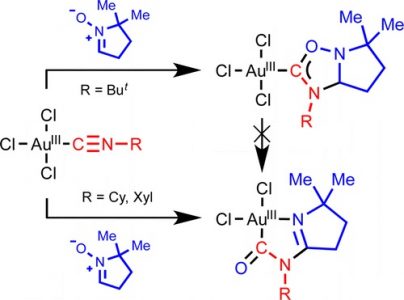A.V. Artem’ev, E.P. Doronina, M.I. Rakhmanova, A.O. Sutyrina, I.Yu. Bagryanskaya, P.M. Tolstoy, A.L. Gushchin, A.S. Mazur, N.K. Gusarova, B.A. Trofimov
“Luminescent CuI thiocyanate complexes based on tris(2-pyridyl)phosphine and its oxide: from mono-, di- and trinuclear species to coordination polymer”
New J. Chem., 2016, 40, 10028-10040
DOI:10.1039/C6NJ02087A
Tris(2-pyridyl)phosphine oxide reacts with CuSCN to form a variety of luminescent complexes, depending on the specified metal-to-ligand ratio and the solvent used, viz. mononuclear [Cu(N,N′,N′′-Py3P=O)(NCS)], dinuclear (N,N′-Py3P=O)Cu(SCN NCS)Cu[(N,N′-Py3P=O)], their co-crystal (2 : 1, correspondingly) and trinuclear {Cu(NCS)[SCNCu(N,N′,N′′-Py3P=O)]2}. In the solid state, these complexes feature red-orange emission upon UV photoexcitation. The reaction of tris(2-pyridyl)phosphine with CuSCN quantitatively produces an almost insoluble coordination polymer, [Cu(Py3P)NCS]n, which exhibits bright green emission. The synthesized compounds are the first members of the hitherto unknown family of Cu(I) thiocyanate complexes supported by tripodal ligands.
